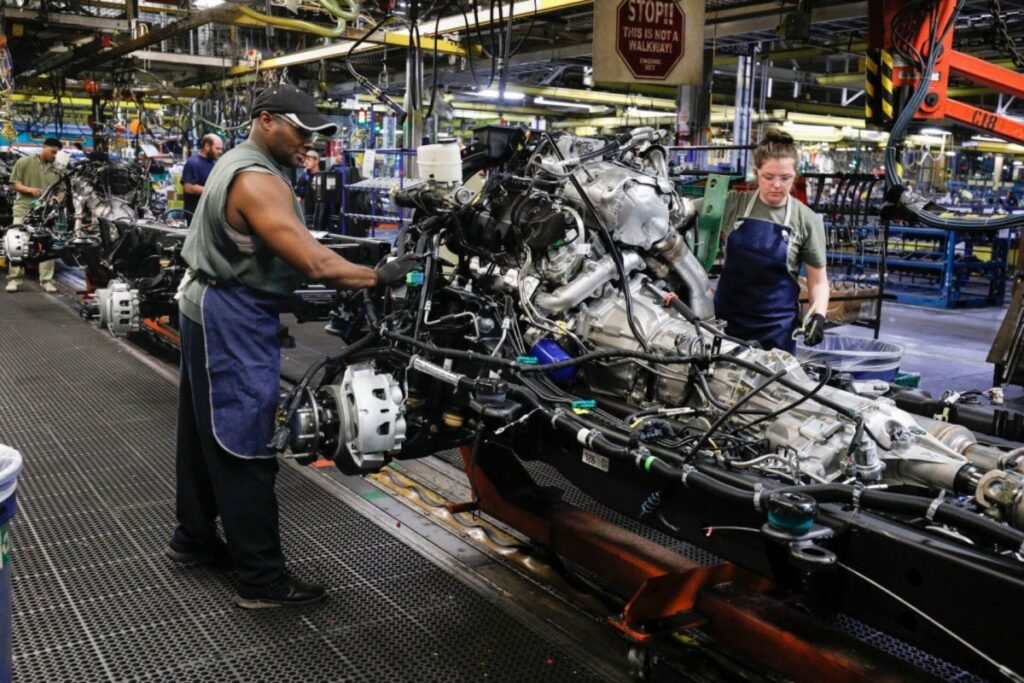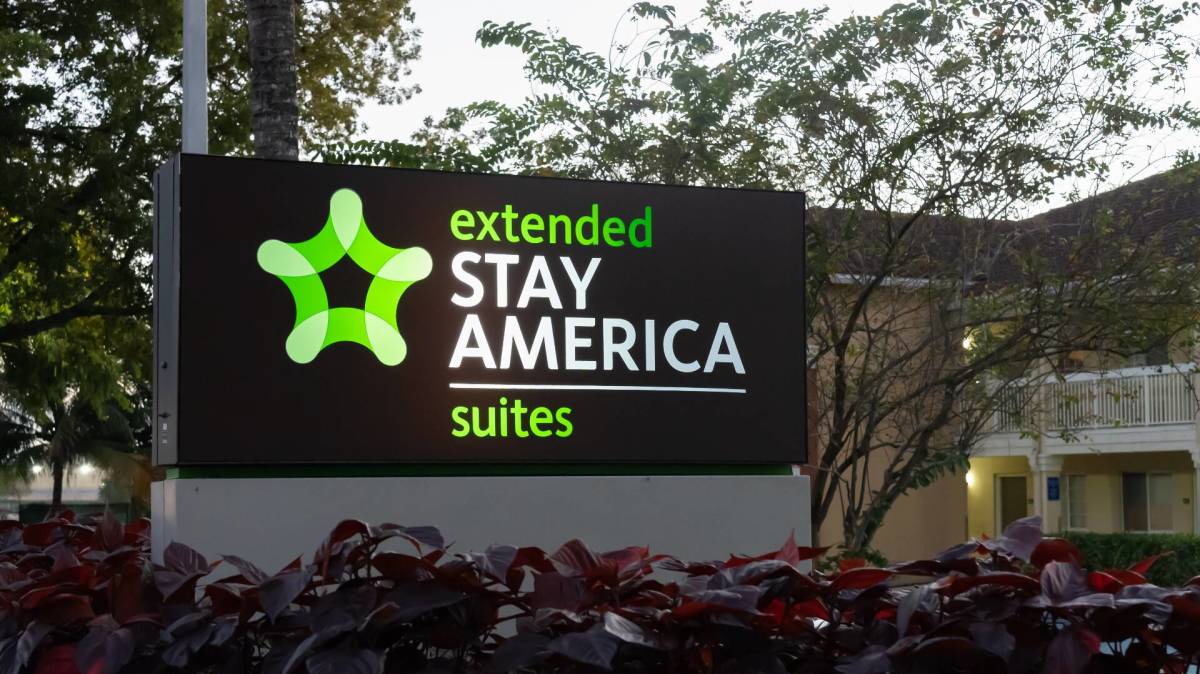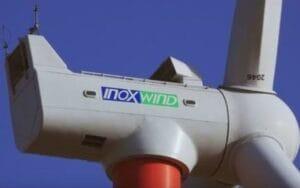If you’ve been wondering why your grocery bills seem to be sneaking up higher week by week, keep reading.
Wholesale prices posted their biggest surge in three years in July amid signs that inflation tied to the Trump administration’s tariffs is creeping into the U.S. supply chain
💵💰Don’t miss the move: Subscribe to TheStreet’s free daily newsletter💰💵
Those higher figures may soon hit consumer wallets even more as upstream inflation pressures gain steam.
Shocker July PPI report: 0.9% spike
A sharp 0.9% spike in July’s Producer Price Index on Aug. 14 was well above expectations.
Add sluggish job growth and rising unemployment, and chances for a robust Federal Reserve interest rate cut in September dim significantly.
Surprising CPI report sparks mixed rate cut forecasts
The PPI’s 0.9% hike in July was the biggest monthly gain in more than three years. It blew past the consensus estimate of just 0.2% and came after a flat June forecast.
The core PPI rose 2.4% from a year ago.
Annual PPI inflation rose to 3.3%, a five-month high and well above the 2.4% reported in June.
Service-sector inflation led the surge, up 1.1%, driven by machinery wholesaling, portfolio management, hospitality and freight, among others.
Goods prices climbed 0.7%, with vegetables, meat and eggs particularly elevated.
Stripping out food, energy and trade (a less-volatile approach that many economists favor), prices increased 0.3%, the most in three months.
Related: Stock market gets ‘kick in the pants’ from startling inflation report
Compared with a year ago, that gauge rose 3.3%.
The Consumer Price Index on Aug. 12 rose 2.7% on an annualized basis in July, while a Dow Jones estimate had called for a 2.8% rise.
Core CPI, which strips out volatile food and energy prices, increased 3.1% year on year – slightly more than the expected 3%.
Both new July CPI and PPI levels suggest trending widespread upstream inflation, which over the next few months could spill into consumer prices. That would complicate expectations for Federal Reserve interest rate cuts.
The role of tariff inflation
President Trump’s broad tariff policies have sparked concern among economists and market watchers that the highest levies in nearly a century could spike prices for businesses and consumers.
Some, including the White House administration and its allies, say tariff inflation will be only a one-time hit for the U.S. economy and will be balanced by other gains from the president’s aggressive fiscal policies like tax cuts.
In late July Fed Chairman Jerome Powell and the majority of the policy-making Federal Open Market Committee voted to maintain the “wait-and-see” approach to interest rate cuts.
The FOMC held the benchmark Federal Funds Rate to a range of 4.25% to 4.5% to monitor the potential impact of tariffs into the U.S. supply chain.
Related: Jobs report shocker resets Fed interest rate cut bets
The president and his allies, including Treasury Secretary Scott Bessent, have sharply criticized Powell and the FOMC for not lowering rates.
Experts react to new PPI figures
The broad-based nature of the inflation figures underscores rising cost pressures across the U.S. economy.
“The large spike in the Producer Price Index this morning shows inflation is coursing through the economy, even if it hasn’t been felt by consumers yet,” Northlight Asset Management Chief Information Officer Chris Zaccarelli said.
The Federal Reserve next votes on interest rates Sept. 17.
Gina Bolvin of Bolvin Wealth Management said the PPI data are “not a signal to panic. … It’s a reminder that the path to lower rates may not be linear but the broader disinflationary trend is still intact.”
The Fed’s dual mandate from Congress requires monetary policy that provides maximum employment and stable prices from low inflation.
That gets tricky when inflation and jobs data appear to be headed in opposite directions as recent reports seem to indicate.
Related: White House taps more potential candidates to head the Federal Reserve



















